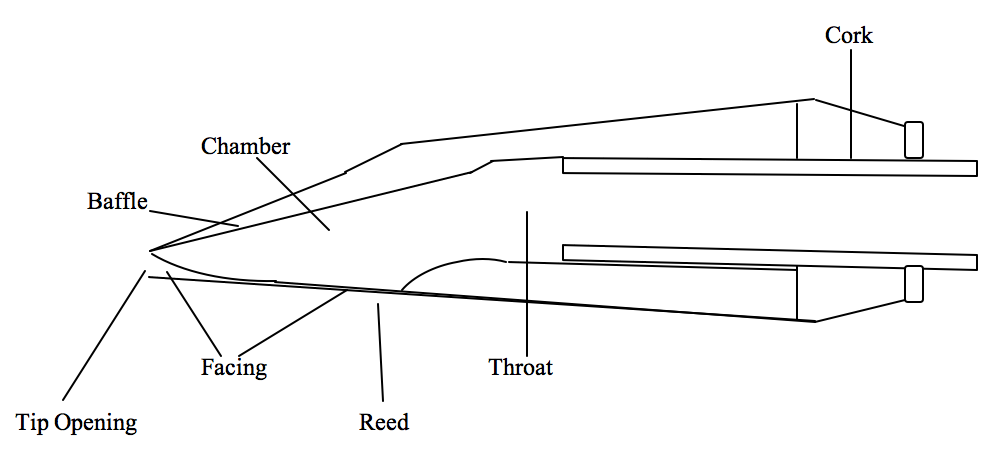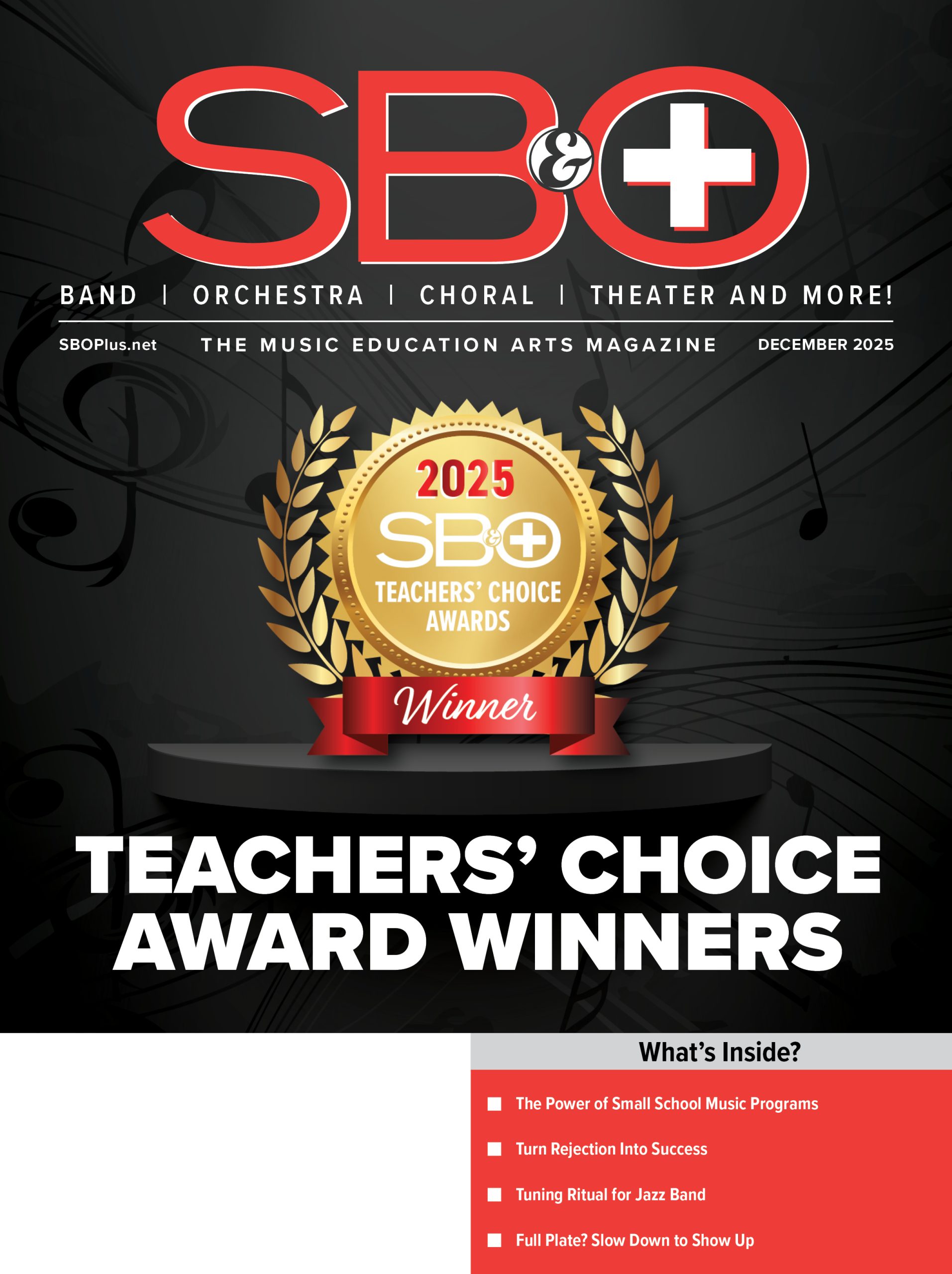 To the beginning student, the saxophone can be both alluring and intimidating. A beautiful instrument to behold, it is also bristling with mysterious keys. Even after some time playing, many young saxophonists still may not be quite sure what each key’s purpose is. This article seeks to aid the student in discovering the possibilities of all of those “extra buttons,” and to allow them to always have the right fingering for the right occasion.
To the beginning student, the saxophone can be both alluring and intimidating. A beautiful instrument to behold, it is also bristling with mysterious keys. Even after some time playing, many young saxophonists still may not be quite sure what each key’s purpose is. This article seeks to aid the student in discovering the possibilities of all of those “extra buttons,” and to allow them to always have the right fingering for the right occasion.
 The Alternate F#
The Alternate F#
Chromatic movements between F and F# can often prove problematic to saxophonists. The “flip” involved with the normal fingering is awkward, and can result in a “blip” in the sound. As a result, saxophones are built with an F# trill-key. This alternative fingering (see Figure 1) can prove very useful in trills between F and F# or G-flat, and in ascending chromatic passages. While descending, the traditional F# fingering should still be used, as it remains the most logical choice.

B-flat: Choices, Choices, Choices
Perhaps no single note on the saxophone offers the young student as many confusing options as written B-flat 4 and B-flat 5. There are many possibilities with these pitches, but only two of these are advisable in most situations. The “one and one” B-flat (see Figure 2) was once common in many beginning method books as the standard fingering. Unfortunately, this option is awkward in most situations and can be extraordinarily flat on most saxophones. While it is useful in some isolated scenarios, it should not be taught to beginning students.
Two far more useful and reliable ways of performing the B-flat are the bis (Figure 3) and side-key (Figure 4) options. Each are suited to different musical scenarios. The bis fingering is used most frequently when performing leaps or arpeggiations. The side-key B-flat is incredibly effective in both scalar and chromatic passages. A good rule of thumb for the appropriate fingering to use is this: If a C precedes or follows the B-flat, use the side-key fingering. Otherwise, the bis fingering will be most suitable.
 The Trill C
The Trill C
It is very difficult, if not impossible, to trill between B and C on the saxophone, using the standard fingerings. As such, all saxophones are equipped with a trill key for both C5 and C6 (Figure 5). Saxophonists should never use this as a standard C, as the intonation is often very unstable and the sound thin, even on the best saxophones. However, it makes an otherwise impossible trill very easy.
 The Alternate C#
The Alternate C#
On nearly all saxophone makes and models, C#5 can be quite out of tune and out of timbre (Figure 6). Most professional saxophonists use a remedy developed many years ago that both adjusts the intonation of the pitch, offers resistance that is a bit more like the notes around it, and provides a timbre much more like those of the other pitches of the saxophone. While the normal C#5 should be used in very quick technical passages, the alternate fingering should be taken advantage of whenever possible.
Front E and F
 Many student saxophonists are unaware that they have multiple options when performing in the highest “normal” range of the instrument. E6 and F6, most often performed in the palm keys, are also accessible using the “front key,” sometimes a pearl and sometimes a non-pearled key directly above the B key. Both the front E (Figure 7) and the front F (Figure 8) are very helpful when performing leaps from lower notes. Students will have to adjust to new voicings for the pitches, but this will lead to another beneficial use of these fingerings: They are excellent bridges to the saxophone’s altissimo register.
Many student saxophonists are unaware that they have multiple options when performing in the highest “normal” range of the instrument. E6 and F6, most often performed in the palm keys, are also accessible using the “front key,” sometimes a pearl and sometimes a non-pearled key directly above the B key. Both the front E (Figure 7) and the front F (Figure 8) are very helpful when performing leaps from lower notes. Students will have to adjust to new voicings for the pitches, but this will lead to another beneficial use of these fingerings: They are excellent bridges to the saxophone’s altissimo register.
With these new fingering options, young saxophonists will be more able to make full use of their instruments, leading to better technique, better sounds, and more fun!
Andrew J. Allen, DMA is Assistant Professor of Music at Midwestern State University


















